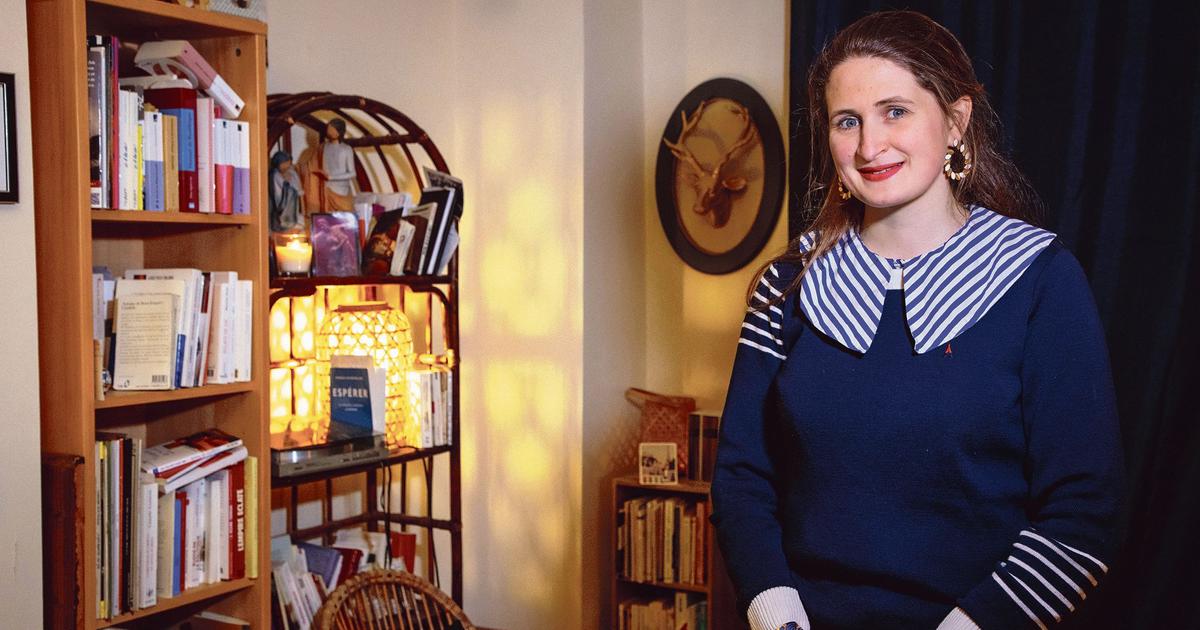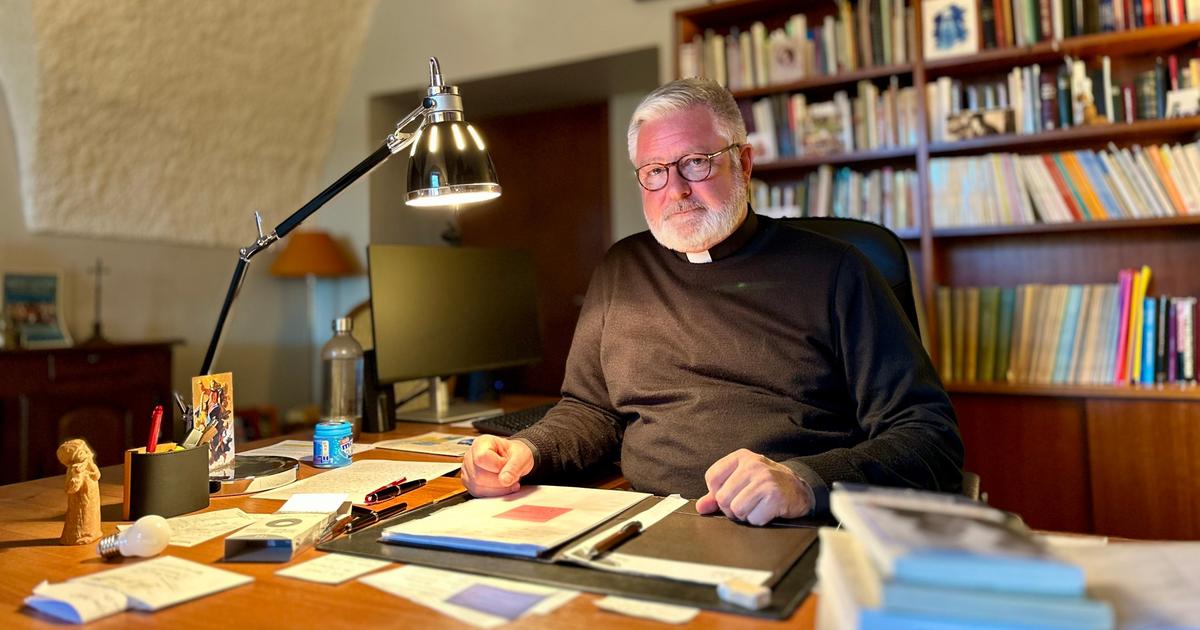have you already thought about how to put the presents under the Christmas tree without your children catching you? Do you encourage them every year to send wish lists to Himmelstür or Engelskirchen or to set cookie plates for the Christ child? Did you clean the stovepipe so that Santa can slip through when he has his reindeer sleigh moored on the house roof? If so: keep it up, because the more parents struggle to support the fairy tale of Christ Child and Santa Claus in everyday life, the more children believe in the fantasy characters. This is one of the insights that psychologist Rohan Kapitány of Keele University in Staffordshire, England has gained. Kapitány is interested in rituals and how they influence children's imaginations of reality.
More on this in SPIEGEL
Issue 52/2019
The heroes of the Bible
How much truth is there in the stories of David and Goliath, Solomon and Moses?Digital edition Printed edition Apps | SUBSCRIPTION
The second round of a survey by Kapitany of around a hundred children and their parents is currently underway. The psychologist wants to know: Does the belief in Santa Claus make children behave in a particularly manner-like manner during Advent? Because grandpa in red supposedly keeps a careful record of niceness and arguments. And are the girls and boys the more well-behaved the closer the festival gets? Or do the little ones really suspect that there is no supernatural behavior that is watching them?
The researcher Kapitány likes childhood myths, not only because they offer so much material for his research. But he could understand, he told me, that some children feel betrayed when all the dizziness is exposed. His advice: parents should uncover the Christmas lie just before a child is smart enough to figure it out themselves. The right time to do this is between the ages of six and nine.
How long have you believed in Santa Claus? I look forward to your feedback and wish you happy holidays.
cordially
Yours Julia Koch
Feedback & suggestions?
Abstract
My reading recommendations this week
- Silent night, holy night, well and good. But after that the fireworks sale starts. How exactly do the black powder propellants work in firecrackers and rockets, why can't I smother fireworks with water, and why did soil microbes and urine be used to manufacture them?
- There is now a memorable summit in the dispute over the future of artificial intelligence: Yoshua Bengio, a pioneer of "deep learning", is discussing live with Gary Marcus, the world's most famous critic of this approach. On December 23, at 12.30 p.m. German time, the two opponents compete against each other. The event is streamed online.
- The journal "Nature" has compiled the most fascinating scientific images of 2019. My favorite: the sleeping seal.
- More and more white storks spend the winter in Bavaria - instead of moving to warmer quarters in Africa or at least in Spain. According to researchers, the reason for this is climate change, but also simple opportunism: some storks look at the so-called laziness of their species. Where the storks that ornithologists have equipped them with a transmitter is can be seen on the Internet.
- Plastic or wood, buy or rent - how much the Christmas tree pollutes the environment depends on the model. My colleague Julia Merlot explains what consumers should pay attention to.
- Researchers have set up new weather stations on Mount Everest. Now the instruments measure more UV radiation than is supposed to arrive. Meteorologists are looking for an explanation.
- Early practice: Children from the age of six can submit their inventions to a Canadian specialist journal. Two issues have already been published.
Elementary Particles - the weekly science newsletter. Elementary particles are free of charge and end up in your mailbox every Saturday at around 10 a.m. Subscribe to the newsletter here:
Quiz *
What is a pull counter? A buffer on a marshalling yard, a wind deflector or part of the bicycle technology?
Everyone knows what an author is. But what does "hyper-authorship" mean?
Which animal sweats "corrosive blood"?
* You will find the answers at the bottom of the newsletter
Picture of the week
Rudolph, the draft animal with the red nose, belches and pops methane, a greenhouse gas - shouldn't the gifts in modern Christmas carols be sent to the recipients in an electric vehicle? Reindeer Rudolph's real conspecifics, conversely, cause global warming problems: Not all of them pluck their food from under a loose blanket of snow like these specimens. In Scandinavia, many are at risk of starving to death because of less snow and rain. If it freezes to ice at night, the animals cannot graze.
footnote
50,000 pine cone animals have become victims of poachers. Investigators in Wenzhou, China, seized 23 tons of pangolin scales smuggled in from Africa, which are in high demand especially in Asia due to their supposedly medicinal properties. A pine cone animal delivers up to 600 grams of scales. As a result of the miracle business, several species of nocturnal mammals are now threatened with extinction.
SPIEGEL + recommendations from science
- Medicine: A 77-year-old surgeon operates on patients with rare abdominal syndromes - some are more ill afterwards than before
- Psychology: Emotional Kitsch or Soul Benefit? A British researcher examines the importance of nostalgia for our soul life
- Computers: Artificial intelligence transforms smartphones into professional cameras - and hobbyists into star photographers
* Quiz answers: The train counter holder fixes the casing of the brake or shift cable to the frame of a bicycle / hyperauthority is the tendency to write scientific publications with over a hundred co-authors. The number of works with more than a thousand authors has doubled in the past five years / The Hippo; in the sun, the animal releases a red secretion over the skin that was long thought to be blood. In fact, however, it is a so-called hipposudic acid that protects against sunburn and has an antimicrobial effect














